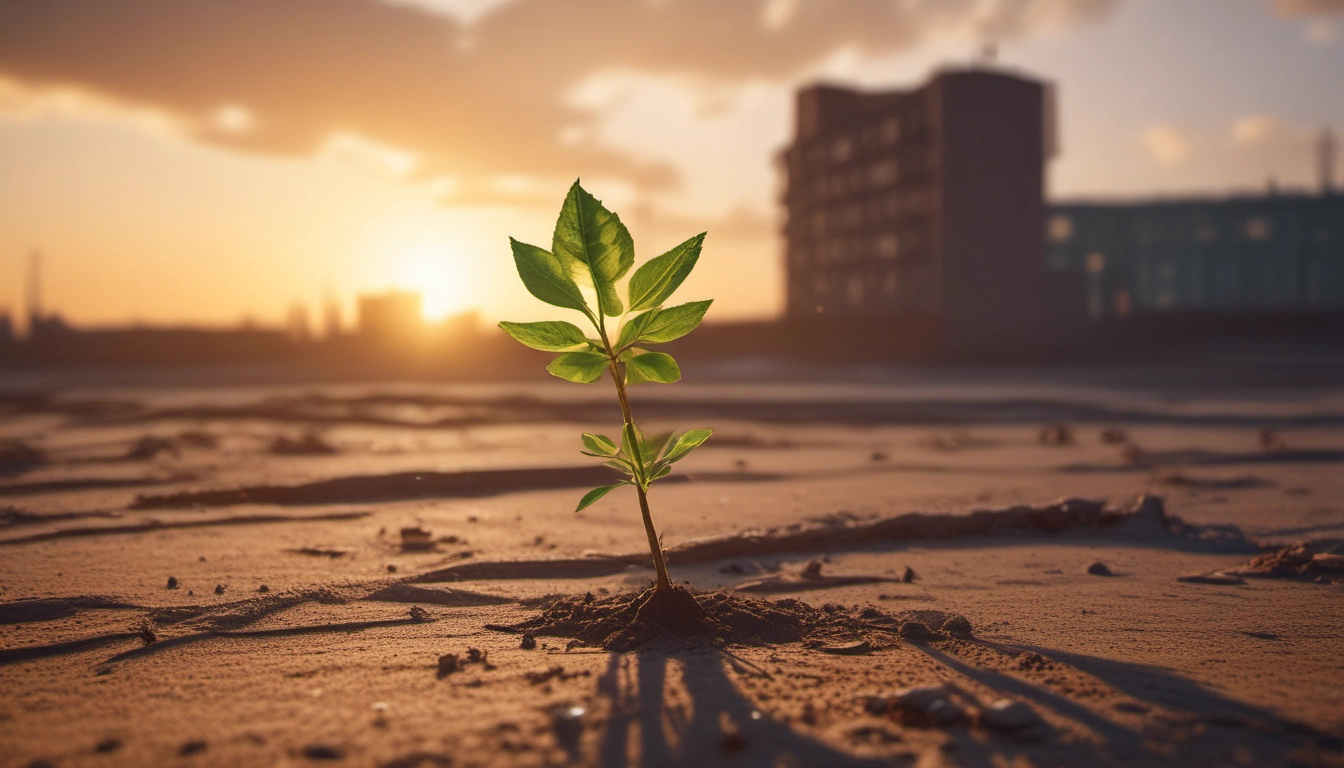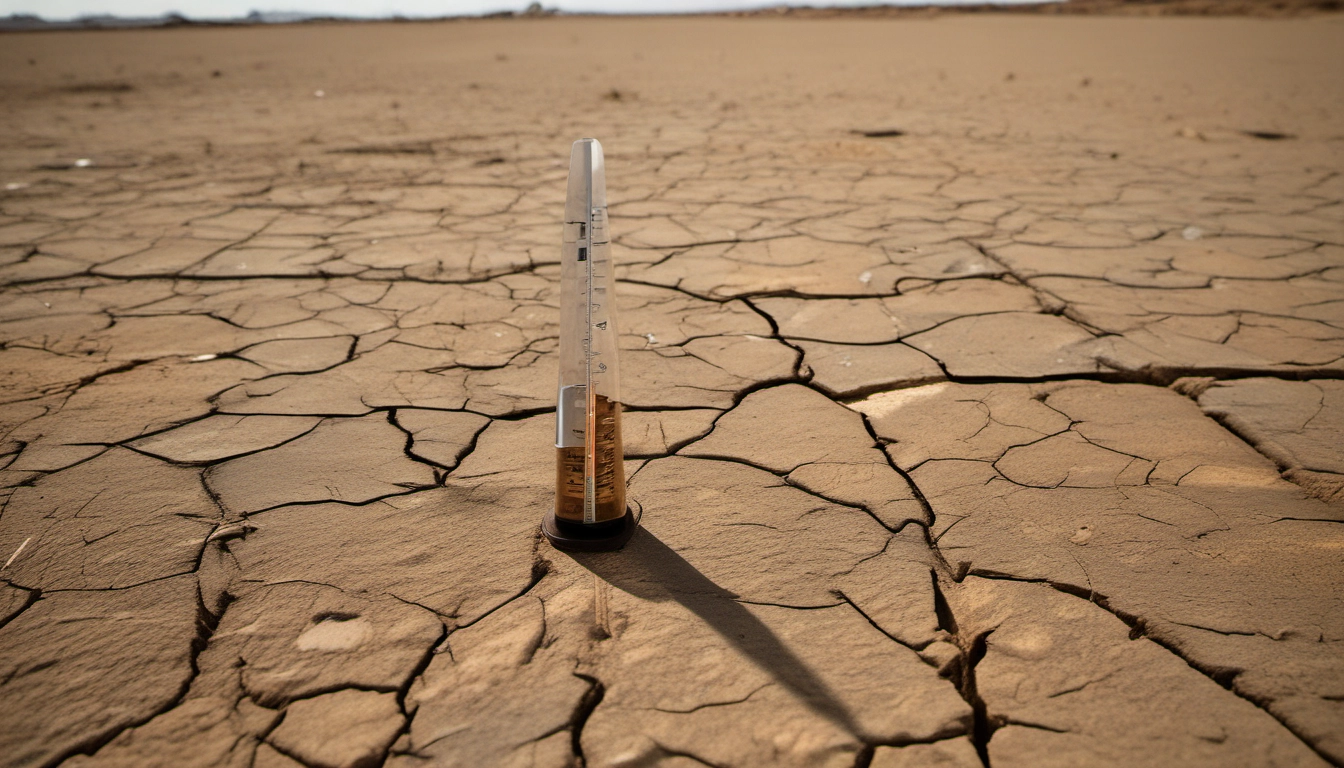How to Reduce Your Carbon Footprint: A Playbook
A practical playbook to lower your carbon footprint with high-impact steps for transport, home energy, food and consumption.

Quick answer: 4 steps to reduce your carbon footprint
Start with high-impact, low-effort actions: cut car and plane miles, make your home more efficient, eat fewer high-carbon foods, and buy less. Use the checklist below to pick 3 actions you can do in 30 days.
What is a carbon footprint?
A carbon footprint is the total greenhouse gases you cause when you live, travel, eat, and buy things. It includes carbon dioxide, methane, and other gases. For a clear definition and background, see the University of Wisconsin Office of Sustainability and the EPA resources.
How can I reduce my footprint? A simple plan
Focus on four big areas: Transportation, Home Energy, Food, and Consumption. These give the biggest cuts for most people. Below you will find specific, easy steps and a simple Impact vs. Effort table to help you choose.
Transportation
- Drive less: Walk, bike, use transit, or carpool for short trips. These save money and emissions.
- Think about your next car: choose a fuel-efficient or electric vehicle if that fits your budget.
- Fly less when you can; take trains or combine trips. One long flight makes up a lot of a person s annual footprint.
Home energy
- Seal drafts and add weather stripping. Low cost, big comfort gains.
- Switch to LED bulbs and smart power strips to cut wasted power.
- Upgrade heating or cooling efficiency over time. Heat pumps can reduce home emissions and save energy bills.
- If you can, choose cleaner electricity like green energy plans or rooftop solar.
Food
- Eat more plants and less red meat. Meat, especially beef, usually has a higher carbon footprint.
- Reduce food waste: plan meals, freeze leftovers, and compost scraps if possible.
- Choose local and seasonal when it fits your budget. Buying less processed food often helps the planet and your wallet.
Consumption and waste
- Buy fewer new things. Repair, borrow, and choose secondhand when you can.
- Choose quality over quantity: better items last longer and cut repeat purchases.
- Recycle and compost correctly; local rules vary, so check your community s guidance.
Impact vs. Effort matrix
Use this table to pick wins that match your time and budget. "Impact" shows how much the action lowers emissions. "Effort" shows time and money needed.
| Action | Impact | Effort |
|---|---|---|
| Fly less / avoid long flights | High | Medium |
| Drive less / choose efficient car | High | Medium |
| Home insulation & LED bulbs | High | Low |
| Switch to heat pump or efficient HVAC | High | High |
| Eat more plants, less beef | High | Low |
| Buy less and repair items | Medium | Low |
| Install rooftop solar | High | High |
| Recycle and compost | Low | Low |
Top 3 free carbon footprint calculators
Try one to understand your baseline and set a goal. Popular options include:
- CoolClimate Calculator (University research tool)
- WWF Footprint Calculator
- Government or local utility calculators and tools
After you calculate, focus on the high-impact items in the matrix.
30-day action checklist (printable)
Pick 3 to do this month. Small wins build habit and save money.
- Walk or bike one trip per day this week.
- Swap 5 lights to LEDs and unplug chargers when not in use.
- Plan meals to cut food waste; freeze one extra meal for later.
- Choose one low-carbon meal each day (beans, lentils, or veggies).
- Repair or buy one used item instead of new.
Measure, set goals, then track progress
Use a calculator to set a target: for example, reduce your footprint by 20% in a year. Track simple metrics like miles driven, monthly energy use, and meat servings per week. Small numbers over time add up.
Community and civic actions
Individual steps matter, but system change scales impact. The EPA highlights community and civic actions like supporting local clean energy programs and efficient transit. Contact local leaders to support policies for better public transit, building efficiency, and renewable energy.
Money-saving note
Many changes also save money. LED bulbs, weatherproofing, and reducing car trips lower bills quickly. Try the cheapest steps first to build savings toward bigger upgrades.
Final tips
- Prioritize the high-impact items you can keep doing.
- Be realistic: choose actions that fit your life and budget.
- Share goals with friends or family for support.
"Small daily changes add up. Start with three actions and measure results."
Want more? Read the Office of Sustainability guide for ideas, and explore local resources on the EPA site.


